Finalists for one of the world’s most prestigious innovation award schemes were announced today, covering fields as diverse as cow-milking and lice-zapping robots, cancer tests and plastics recycling, along with an opportunity for you to vote for the one that you find the most inspiring to win the Popular Prize, the only category decided by the public (you can vote here).
The 2019 finalists come from 12 countries: Austria, France, Germany, Israel, Italy, Japan, the Netherlands, Norway, Poland, Spain, the United Kingdom, and the United States. The winners of the 2019 edition of the European Patent Office’s annual innovation prize will be announced at a ceremony in Vienna on 20 June. “These inventors are tackling some of society’s most pressing challenges head-on,” said EPO President António Campinos.
As one of the international jury, it was far from easy to weigh up the impact on innovation, society, economic prosperity and job creation from the long list drawn from the initial crop of around 500 individuals and teams put forward by the public, patent examiners and patent offices.
After a day of discussions at the European Patent Office in Munich earlier this year we came up with the following shortlist of 15 finalists in five categories, announced today:
Industry
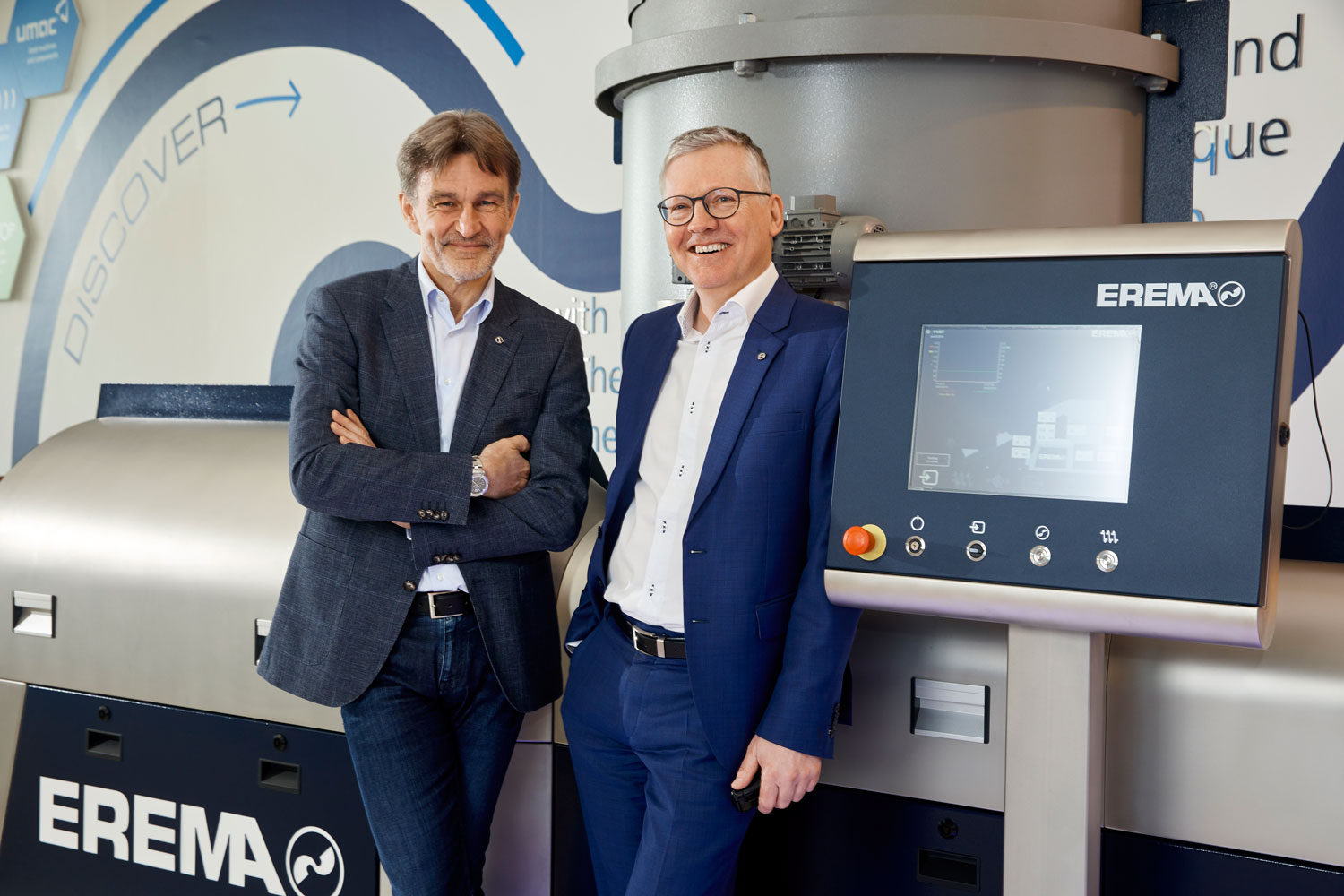
Klaus Feichtinger and Manfred Hackl (Austria), higher-performance plastic recycling. Their patented ‘Counter Current technology’ means that a wider variety of plastic waste can now be turned into pellets, ready for reuse. Today, more than 6,000 of their machines produce over 14.5 million tons of pellets annually. More here
Antonio Corredor Molguero and Carlos Fermin Menéndez Diaz Molguero (Spain), concrete mould for better breakwaters to protect harbours. Their unique method of producing specially shaped concrete blocks can reduce construction costs up to 45%. Their patented Cubipod block has protrusions, which prevents blocks from moving over time to settle face to face – a ‘self-packing’ arrangement – and helps maintain the integrity of the breakwater. More here
Alexander van der Lely and Karel van den Berg (Netherlands), milking robots for healthier cows. These Dutch inventors have devised a robot that enables cows to decide when and how often they are milked. It’s estimated that a farm with 120 cows could achieve an extra 1 litre per cow per day production capacity when cows decide when they want to be milked twice a day. More here
Research
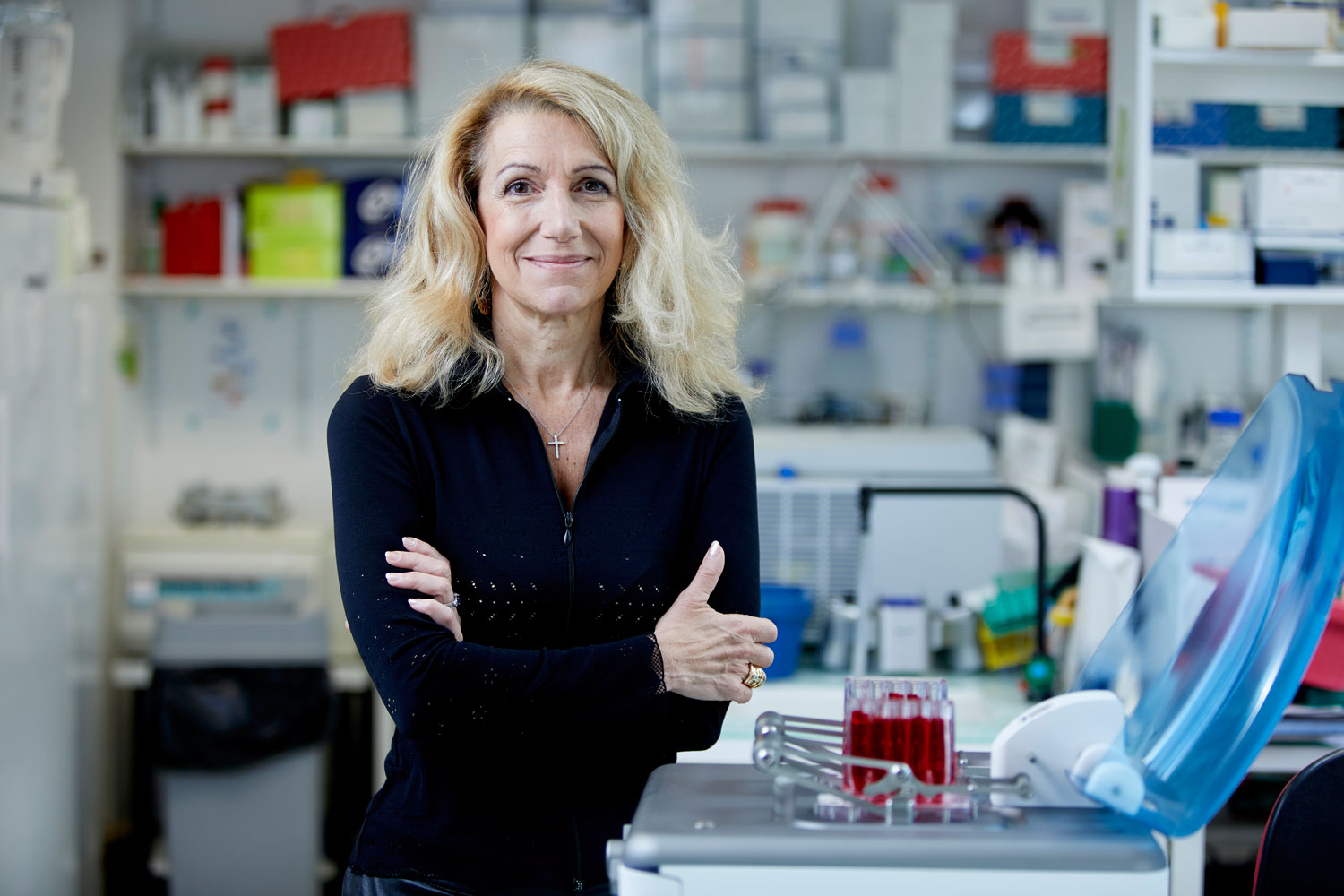
Jérôme Galon (France), Immunoscore, a clearer cancer test. The French immunologist’s diagnostic tool uses digital images of tumour samples and advanced software to measure immune response, improving the accuracy of prognosis and risk of relapse in cancer patients. The strength of the immune system plays a key role in fighting cancer and his Immunoscore quantifies this response of colon cancer patients at the site of the tumour. Thanks to Galon’s invention, already in use at clinics around the world for colorectal cancer, doctors can provide more effective treatment. More here
Matthias Mann (Germany), protein analysis to diagnose disease. German proteomics pioneer Matthias Mann developed ‘nano-electrospray’ to extract proteins before interrogating and identifying them. To do this, the process vaporises the proteins after their extraction and charges them electrically. Once charged, the mass and identity of each protein can be inferred from how far it is deflected by a magnetic field. Thousands of proteins are simultaneously sequenced. By understanding the unique combination of proteins at work inside a patient, doctors can create personalised treatments. More here
Patrizia Paterlini-Bréchot (Italy), ISET blood filtration to detect tumour cells. Based in Paris, this Italian oncologist and molecular biologist developed blood filtering technology that makes it possible to detect cancer cells long before a tumour can be spotted with standard imaging techniques. The quick, non-invasive test can identify a single circulating tumour cell in a 10-millilitre blood sample, or roughly one in 50 billion red blood cells. In one clinical trial, ISET was able to detect cancerous tumour cells in blood up to four years before cancerous lung nodules would have become visible on conventional CT scans. More here
Non-European Patent Office countries
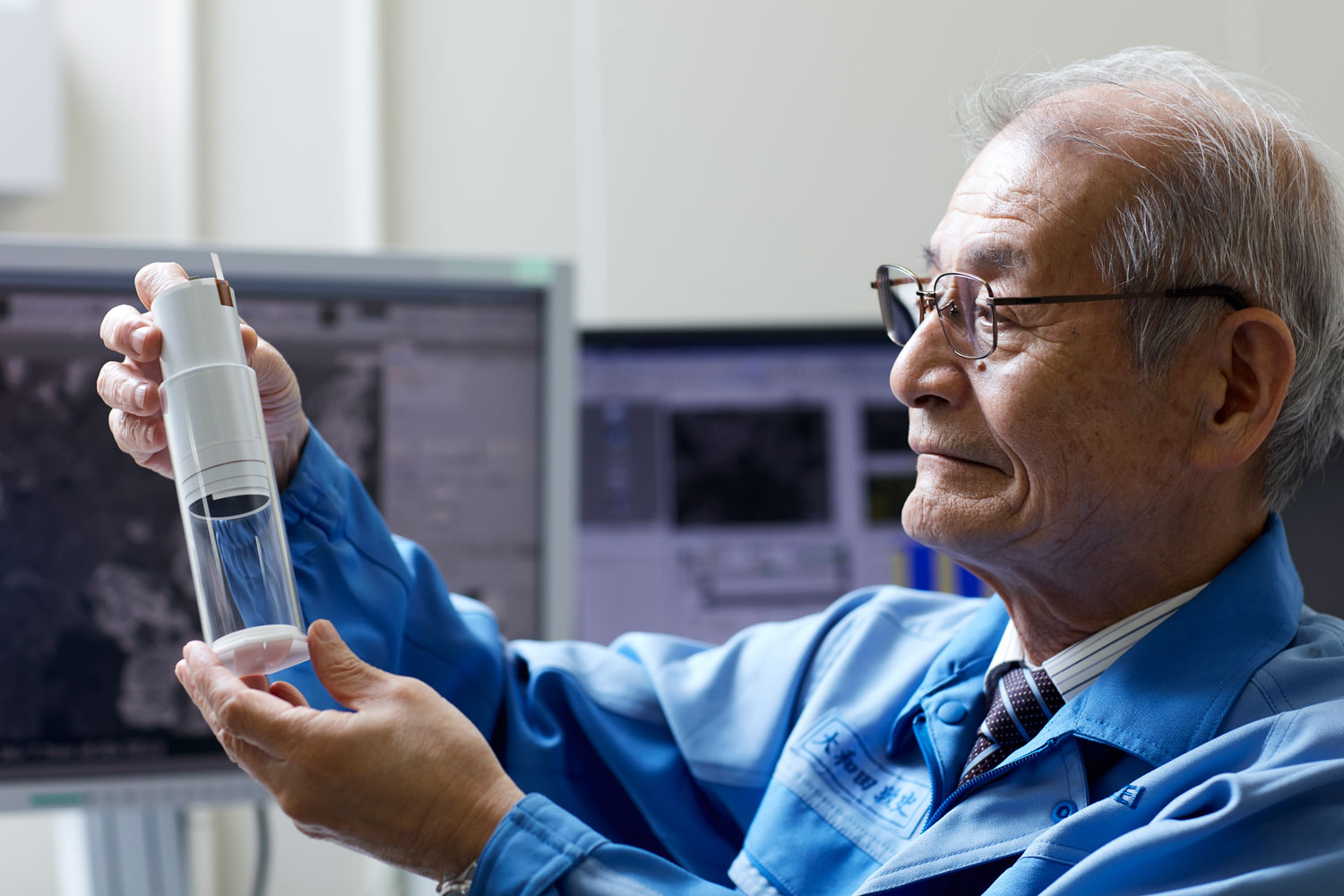
Eben Bayer and Gavin McIntyre (US), eco-friendly packaging from mushrooms. Having seen how the thread-like projections of fungi that seek nutrition and water from the environment – mycelia – bind organic waste in nature, US inventors and product designers Eben Bayer and Gavin McIntyre grow packaging from mushrooms. Moulded into almost any shape, their materials stiffen when baked and are biodegradable. More here
Gideon Stein (Israel), vision for vehicles to improve road safety. The Advanced Driver Assistance System developed by this Israeli engineer uses a single-lens camera and cutting-edge AI to spot and avoid traffic hazards in real time. The camera, mounted on the car’s windshield, scans the road ahead. Sophisticated algorithms compare changes in the relative size and position of nearby objects every 27 milliseconds and calculate their speed and trajectory. Thanks to his invention, more than 30 million cars on the road worldwide are now safer to drive. More here
Akira Yoshino (Japan), lithium-ion battery and its evolution. In 1983, this Japanese scientist filed a patent application for the lithium-ion battery as we know it today, taking the original concept and modifying it to be safe, efficient and reliable. His rechargeable batteries now power nearly five billion mobile phones, laptops and other portable devices, as well as electric vehicles. For over 30 years he has been dedicated to continually improving LIBs. More here
Small and medium-sized enterprises (SMEs)
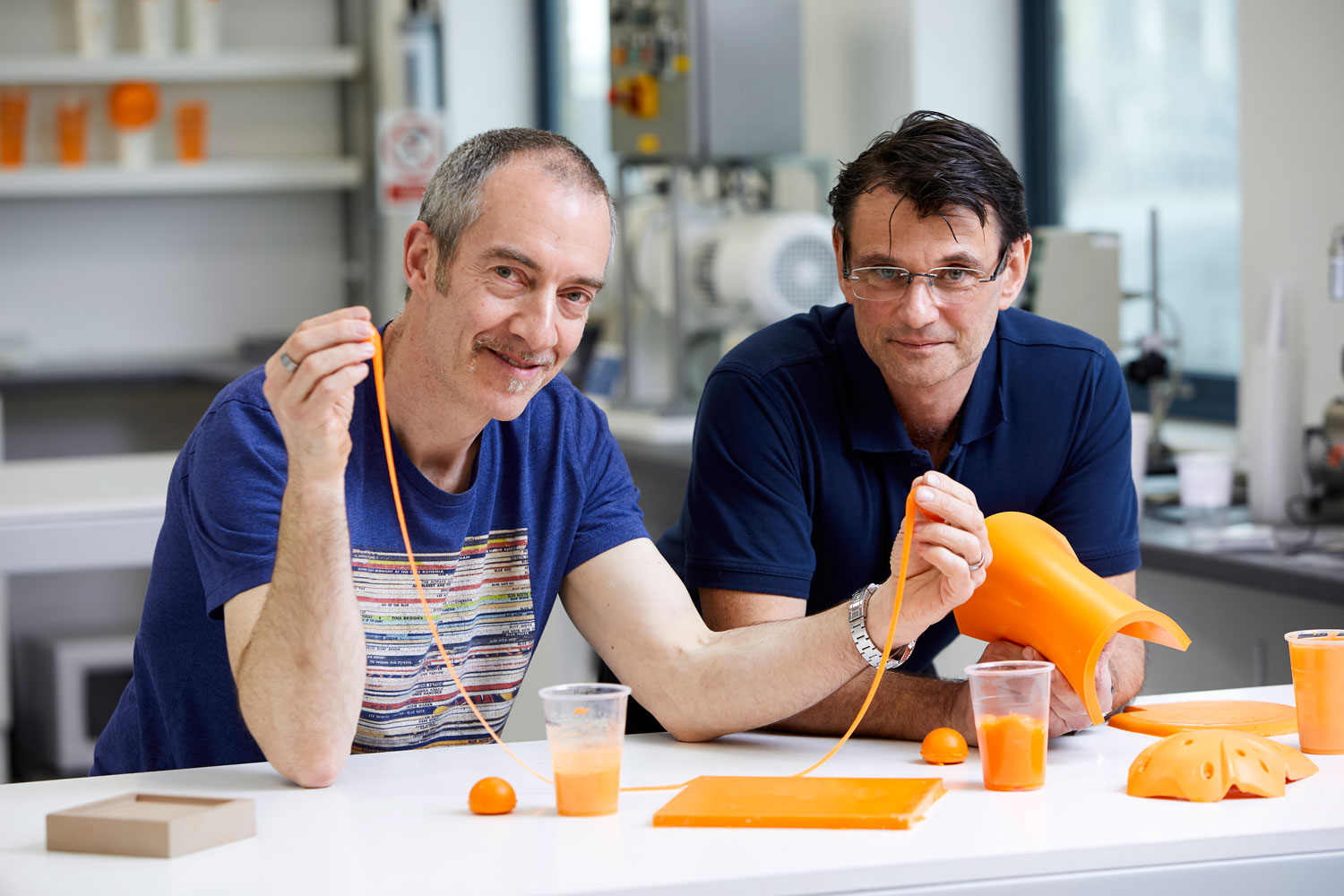
Esben Beck (Norway), lasers and AI for healthier salmon. Sea lice, typically no larger than 15 millimetres long, attach themselves to salmon, causing an open wound and, in many cases, killing the fish. Norwegian marine engineer Esben Beck has developed underwater robots that use image recognition, AI and lasers to identify, target and zap the parasites without using chemicals or antibiotics. Stereoscopic cameras and image recognition software scan fish for sea lice, then a computer models the path of the salmon, directs movable mirrors to lock its laser beam onto the louse and fires a short pulse of intense green light which is lethal to the dark-coloured parasites but reflects off the salmon’s shiny scales. More here
Rik Breur (Netherlands), Marine antifouling fibre wrap. Inspired by a sea urchin’s prickly surface, this Dutch inventor’s anti-fouling fibre wrap offers an environmentally-friendly alternative to toxic paints on ships and marine structures. Supplied in rolls like carpeting, Breur’s patented material, with nylon microfibres on one side and a self-adhesive film on the other, is free from polluting chemicals and offers a greener and more efficient alternative. Algae, barnacles and mussels just slide off, saving boats up to 40% on their fuel consumption. More here
Richard Palmer, Philip Green (United Kingdom), flexible armour that hardens on impact. These British material scientists developed an impregnated foam which is flexible yet stiffens on impact to disperse energy. Today their ‘D3O materials’ provide greater comfort and a higher level of protection than conventional padding. “Palmer and Green show how two committed individuals can apply engineering skills to develop an innovative material and create a commercial product,” said EPO President António Campinos about the UK inventors’ nomination. More here
Lifetime achievement
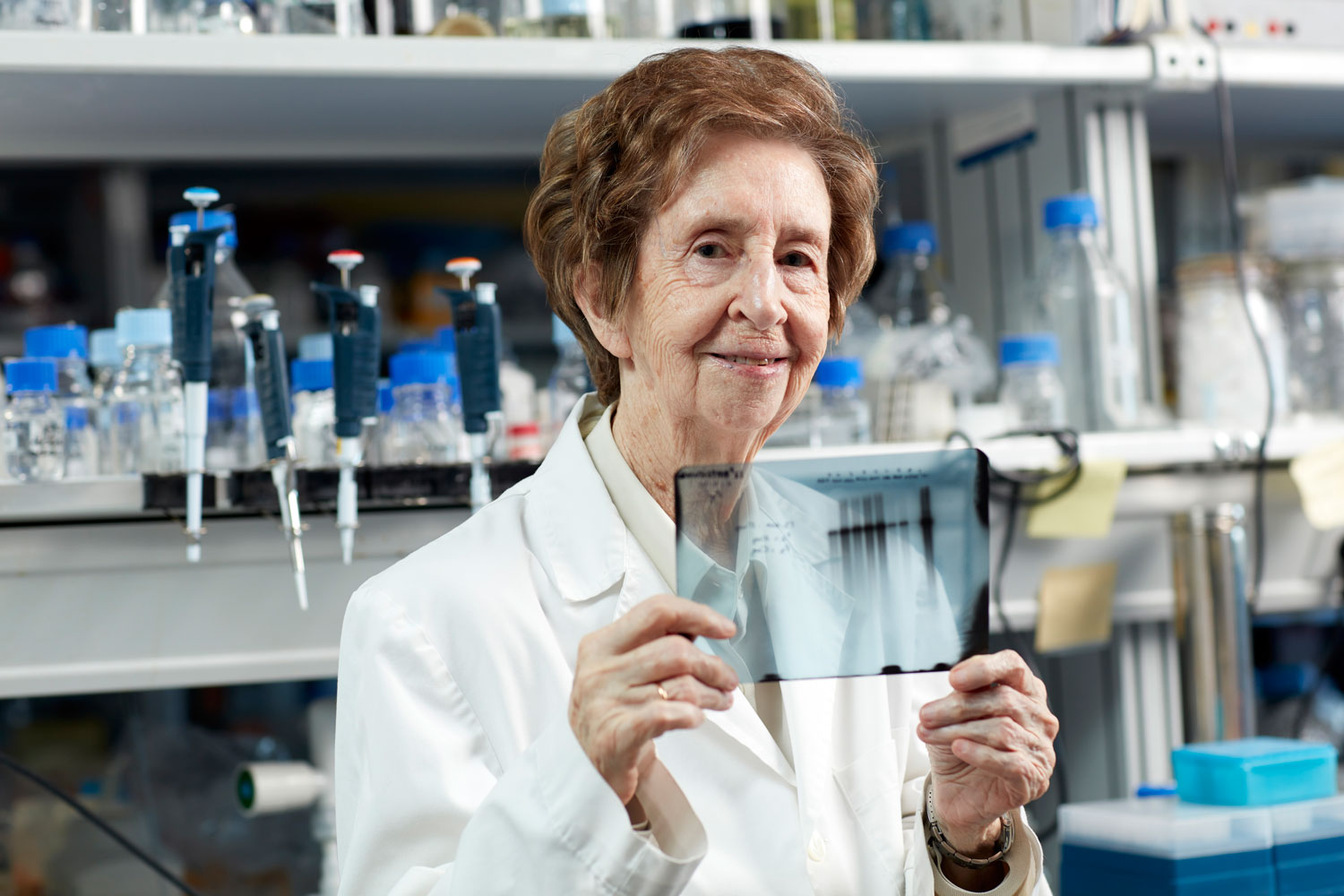
Margarita Salas Falgueras (Spain), DNA amplification for genomics. The Spanish molecular genetics pioneer invented a faster, simpler and more reliable way to amplify traces of DNA into sufficient quantities for testing, using the enzyme phi29 DNA polymerase. Her invention is now used widely in oncology, forensics and archaeology. More here
Maximilian Haider (Austria), sharper electron microscopes. This Austrian physicist’s vision solved a 60-year-old research problem, improving the image resolution in transmission electron microscopes five-fold, enabling atomic-level imaging. His electromagnetic corrective “lenses” are now used in 90% of all such microscopes. More here
Marta Karczewicz (Poland), advances in video compression. This Polish mathematics and software engineer has been named as the inventor on almost 130 granted European patents, making many contributions to technical standards and video compression that enable fast, high-quality video streaming, even on mobile devices. More here
Voting is open until 16 June 2019